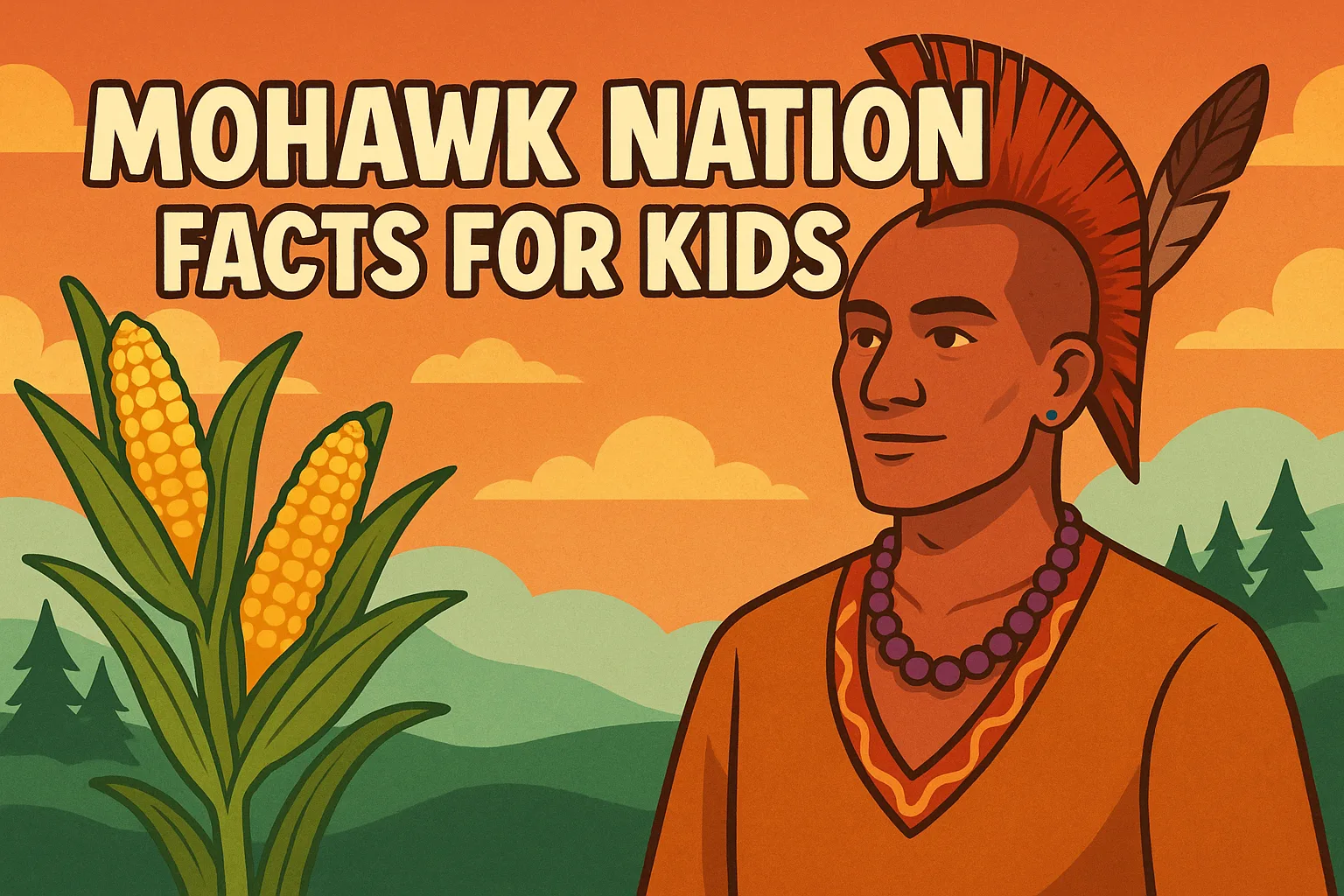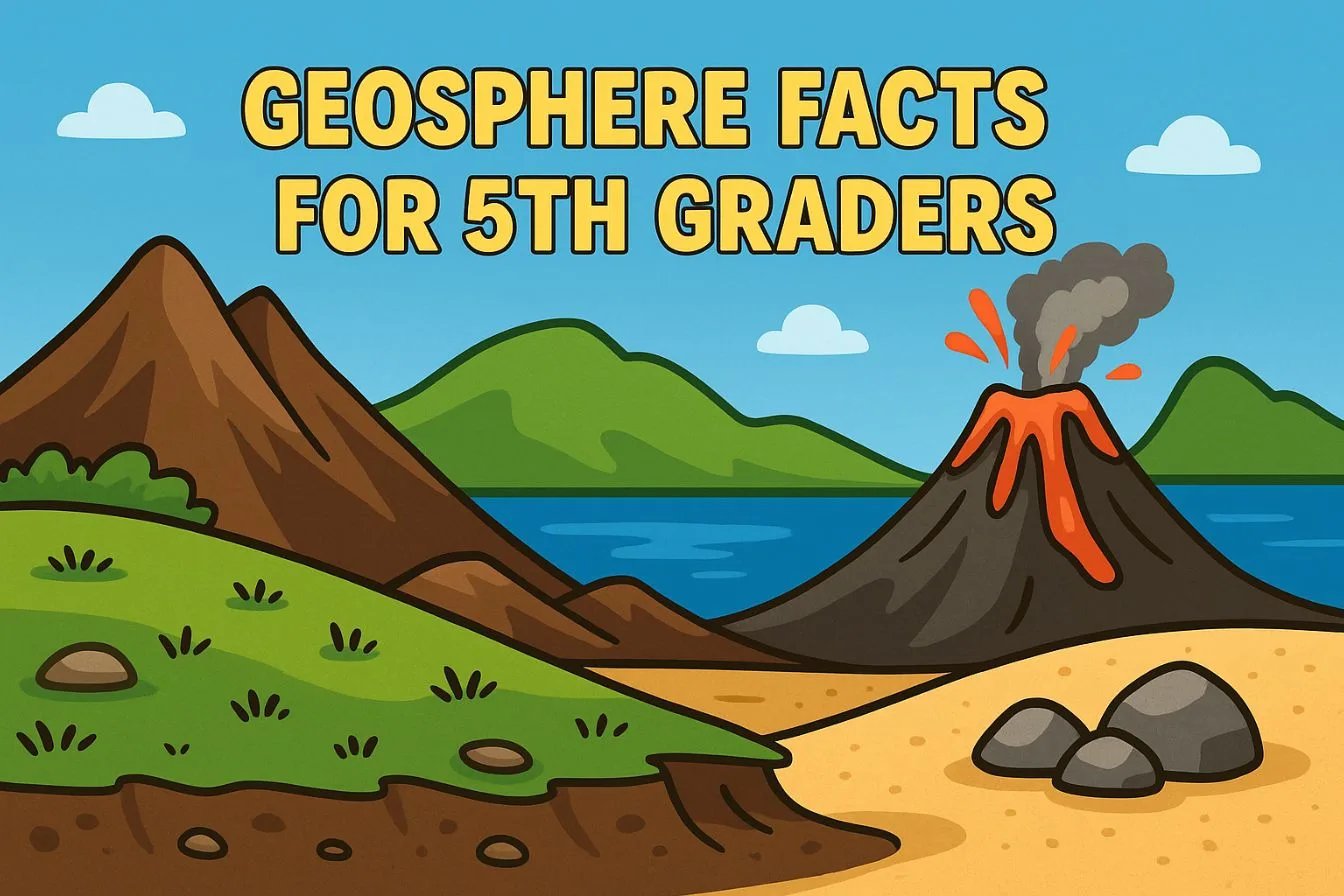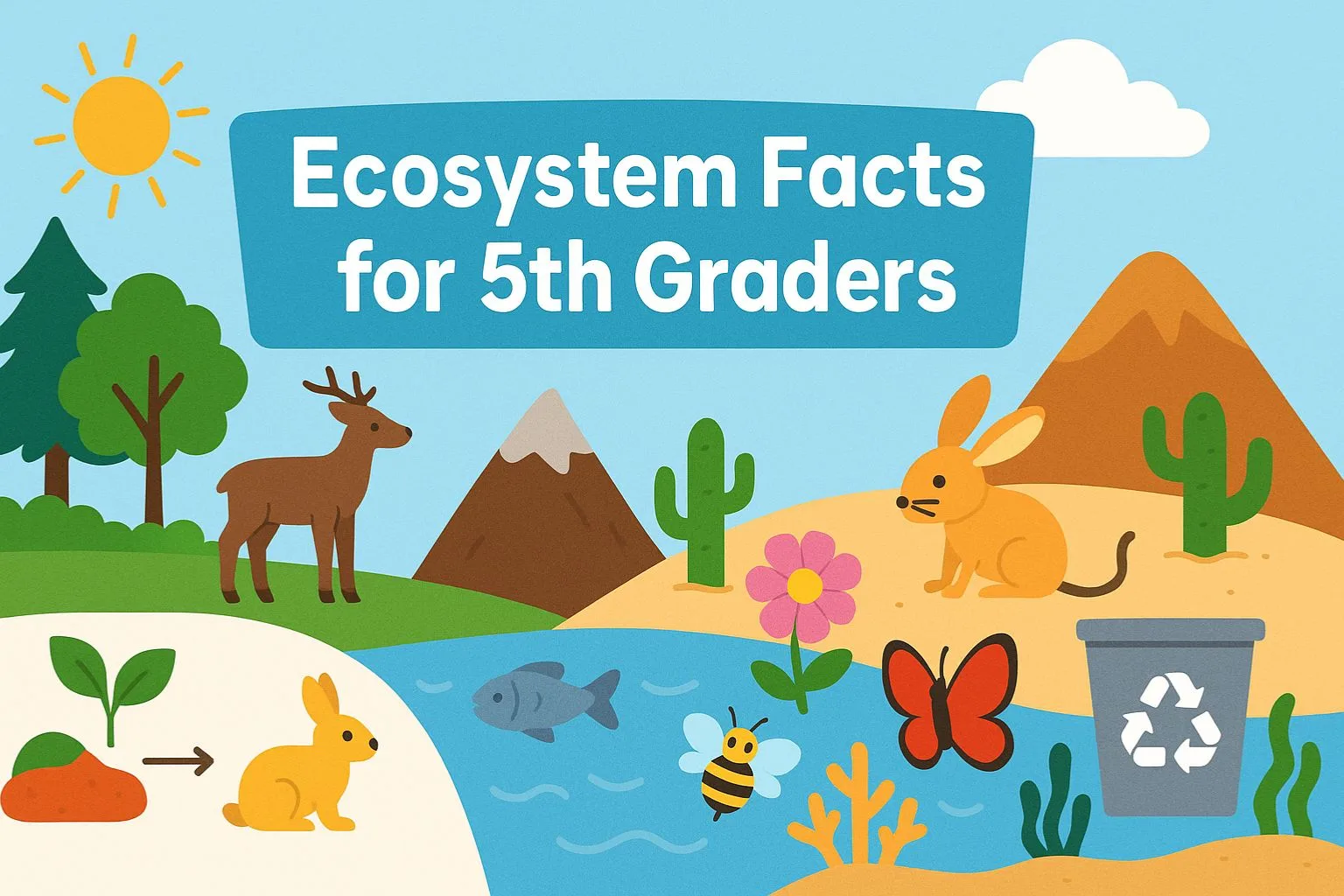France is a country that is well known for its medieval cities, fashion houses, Mediterranean beaches, classical art museums, monuments, wines, sophisticated cuisine, ancient cave drawings, Lyon’s Roman theater, Palace of Versailles, and alpine villages. We have gathered a complete collection of France Facts for Kids that will help you in learning all about France. You are going to learn about its name, capital, currency, location, neighboring countries, history, french revolution, how it became a country, its government, statistics, maps, flag, geographical features, area, mountains, population, demographics, economy, people, language, religion, fashion, art, music, sports, education, food, animals, tourism and many other interesting and fun facts about France.
France Facts for Kids
1. What Is France – Is France A Country
- France is a country located in Western Europe.
- It is a sovereign state that is considered to be a semi-presidential republic.
- It is independent and is run through democracy.
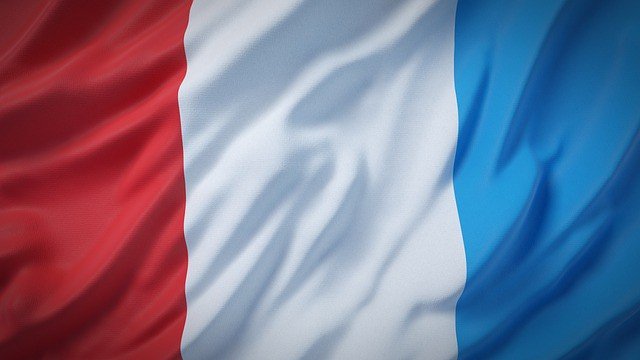
2. Official Name Of France
- The official name of France is ‘The French Republic’ or ‘République Française’.
3. France Capital And Currency
- The capital city of France is Paris.
- The currency used in the country is the euro (€).
4. France Description
- France is the largest country in western Europe.
- It shares borders with Germany, Spain, Italy, Luxembourg, Belgium, Monaco, Switzerland, and Andorra.
- Its capital is Paris, while the other main cities are Nice, Marseilles, Lyon, Toulouse, and Bordeaux.
5. Where Is France – Geographical Location Of France
Is France In Europe – France Is In Which Continent
- Yes, France is situated in the western part of Europe.
6. France On World Map
- On the world map, France can be found in the northern hemisphere within Europe, located in the south of the United Kingdom and north of Spain.
- It has Switzerland, Germany, and Italy to the east and the Atlantic Ocean to the west.
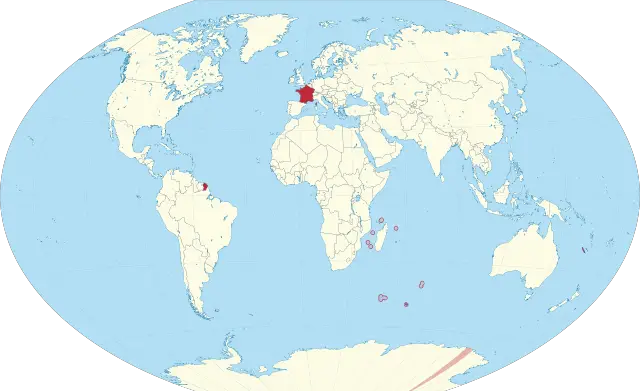
7. Neighboring Countries Of France – Countries That Border France
- Eight European countries border France:
- Switzerland
- Andorra
- Germany
- Italy
- Spain
- Monaco
- Belgium
- Luxembourg
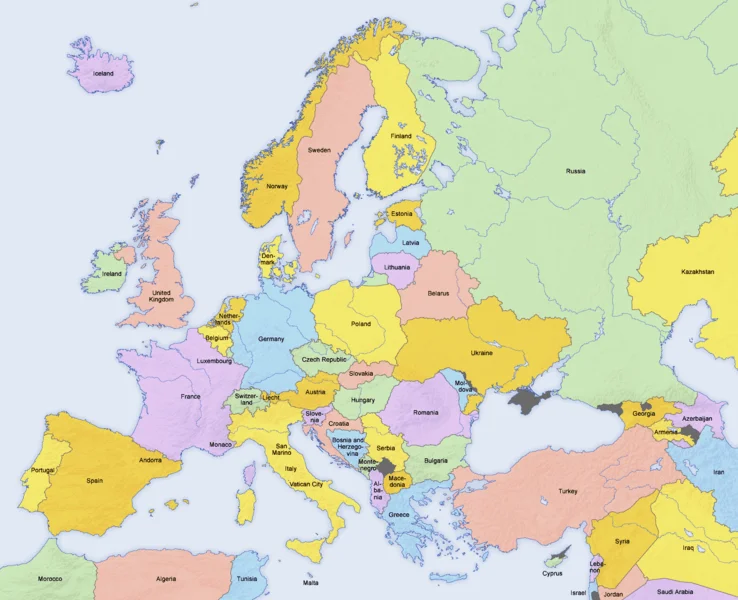
8. When Was France Established – How Long Has France Been A Country
- France was founded on July 14, 1789.
- France has been a country for 230 years.
9. France History For Kids – France History Facts
- France was at first called Gaul, and the first leader to conquer it was Julius Caesar.
- After his reign, it was ruled by a group of monarchs called the Franks.
- By 1789, however, the French people were tired of the monarchy and wanted it to end.
- Eventually, these people ended up attacking the French prison of Bastille, and that is when the French Revolution began.
- The attack on Bastille was one of the many rebellions that plagued the land to get rid of the monarchs. As a result, more than a million individuals died.
- Napoleon Bonaparte, a successful French general, became the new emperor of France in 1804. He led France to victories in many battles with other countries, until his downfall in Waterloo, Belgium in June 1815.
- Today, the French government has two main leaders – the Prime Minister and the President of the Republic – who are chosen through election.
10. French Revolution Facts
- The French Revolution was a series of revolutionary activities that took place in France in 1789.
- The French people were very poor and were neglected by their leaders. They had to pay taxes to the king while the rich did not, and worshipping as a Protestant or a Jew was illegal.
- They soon became so desperate that they rose against their rulers, by storming the prison of Bastille on the 14th of July for gunpowder.
- The French Revolution and the years following it are now known as the “Reign of Terror”.
- The poor French people beheaded at least 40,000 individuals at the Guillotine, including King Louis XVI and his wife Mary Antoinette.
- Even the leader of the French Revolution, Maximilien de Robespierre, was captured and decapitated in 1794. He was replaced by Napoleon Bonaparte.
- The positive outcomes of the French Revolution were that life became easy for the poor citizens, complete religious freedom was granted and about 10,000 African slaves were freed.
- Today, the 14th of July is celebrated in France as Bastille Day with a parade at Champs Elysees along with other festivities across the country.
11. How Did France Become A Country
- As a result of the French Revolution, the tyrannical rule of the Bourbons was over and the land became a republic.
- Many countries criticized France for its hostility towards Louis XVI, but the French general Napoleon Bonaparte led his country to victories over those countries.
- Eventually, Bonaparte declared himself emperor.
- After his death, the power of government kept on being exchanged between restored Bourbon and Bonapartist monarchies.
- There was a succession of republics until the Fifth French Republic was founded in 1958.
12. France Type Of Government
- France uses a semi-presidential system of government.
- The two main leaders of this type of government are the president and the prime minister.
13. France Government Facts
- Today, France is a representative democracy.
- The Prime Minister is the head of government, while the President is the Head of State (elected after every five years).
- Since the French Revolution, France has changed its type of government nine times. These types of government comprised of 5 republics, 2 empires, and 2 constitutional monarchies.
- There can be two rounds of elections in France. If two or more political parties have a tie in the first round, then they run against each other in the second round.
14. France Statistics
Economy
| Gross Domestic Product (GDP) in current prices | 2,587.68bn USD |
| GDP per capita in current prices | 40,045.58 USD |
| Inflation rate (compared to the previous year) | 2.1% |
| Unemployment rate | 9.18% |
| Main export partner | Germany |
| Main import partner | Germany |
| Import of goods | 624.02bn USD |
| Export of goods | 535.05bn USD |
| Trade balance of goods | -88.97bn USD |
| Share of Moroccans who have a positive perception of French products | 88% |
| Share of French who have a positive perception of German products | 60% |
National Finances
| Budget balance in relation to GDP | -2.68% |
| National debt in relation to GDP | 98.5% |
| Ratio of government expenditure in relation to GDP | 56.47% |
Population
| Total population | 64.73m |
| Population growth (compared to the previous year) | 0.37% |
| Fertility rate | 1.92 |
15. Map Of France For Kids
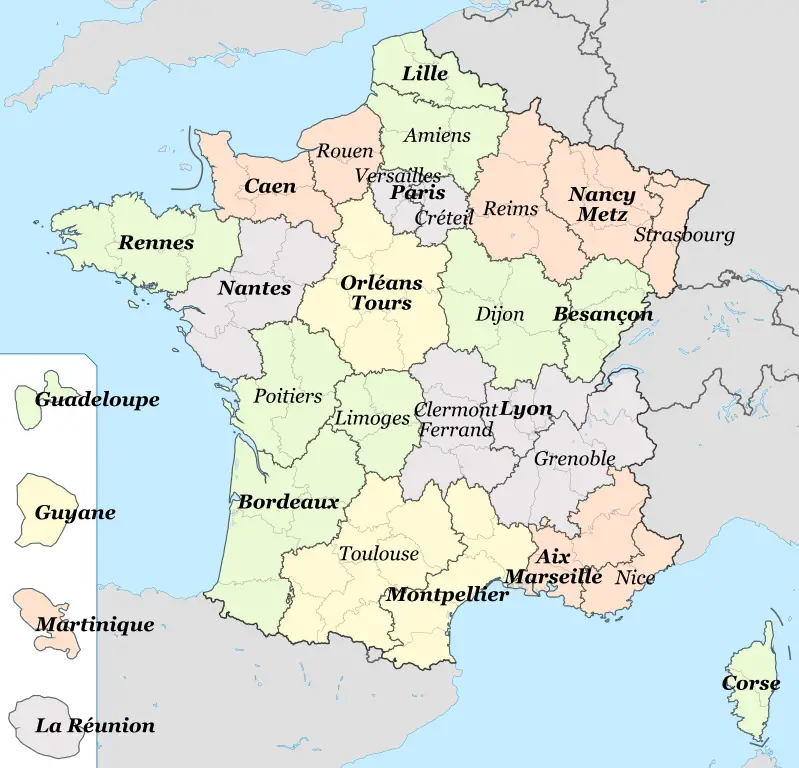
16. Facts About The French Flag – France Flag Information
- The French flag comprises three equal vertical bands of blue, white, and red.
- The French first made it their flag in 1790, and the colors were arranged in the opposite order; red, white, and blue.
- It is also called “Le drapeau tricolore”.
- Blue and red are the colors of the city of Paris, while white is supposed to represent the Bourbon dynasty. It can also signify the Virgin Mary and Joan of Arc.
- However, when Napoleon Bonaparte was defeated at Waterloo and the Bourbons took control once again, a plain white flag was used.
- It was in 1794 that the colors were reversed to make the French flag that is used now.
17. France Geography – Physical Features Of France – Geographical Features Of France
- France has many prominent geographical features, such as mountains and rivers.
- The land of central, northern, and western France is a flat plain with a few scattered low hills.
- The coastline of the country at the English Channel comprises cliffs.
- Both the western and eastern coasts have several coastal islands.
- Eastern, south-central, and southern France are all covered with mountains. The Alps, in particular, run along the border with Italy and Switzerland and then continue into southern Europe.
- In the southeast, there is a canyon called the Gorges du Verdon, with the Verdon River running through it.
- Numerous rivers drain the country. Some of them are the Rhine, Rhone Seine, Lot, and Garonne. The Loire is the longest one.
18. France Total Area – France Land Area – Size Of France
- The total land area of France is 643,802 km².
19. Famous Mountains Of France
- Some of the prominent mountains of France are:
- Mont Blanc
- Chamechaude
- Arcalod
- Puy de Sancy
- La Tournette
20. French Alps Facts
- The Alps are home to Mont Blanc, the highest point in France and the second-highest point in Europe, standing at 4,808 m above sea level.
- It is Europe’s youngest and most densely populated mountain range.
- It stretches across eight countries.
- These mountains are full of glaciers and are covered in snow all year.
- Many lakes in the Alps – such as Geneva, Constance, and Como – are especially known for their beauty, which attracts many tourists.
- The largest city located in the Alps is Grenoble.
21. What Is The Population Of France
- As of August 14, 2019, the total population of France was estimated by the United Nations to be 65,510,015.
22. France Population Statistics
- France is populated by 65,510,015 people in total.
- Its population density is 120 people per square kilometer.
- The percentage of the urban population is 81.4%.
- In France, the mean age is 41.4 years.
- The annual population change was estimated to be 0.4% in 2017.
- The life expectancy of a baby born in France in 2016 is 82.27 years.
- The fertility rate is 1.92 babies per mother.
23. France Demographics – France Race Demographics
- In 2004, it was approximated that in Metropolitan France, 85% of the population originates from Europe, 10% is from North Africa, 3.5% is Black and 1.5% is Asian.
- A lot of immigration took place in this country from the beginning of the 20th century, which means that about 40% of France’s population today is descended from those immigrants.
- 63-66% of French people are Christian, 23-28% are atheist, 7-9% are Muslim, 0.5-0.75% are Jewish, 0.5-0.75% are Buddhist and 0.5-1% belong to other faiths.
24. France Economy Facts – France Economic System
- As of 2019, France was declared to be the world’s 71st freest economy, with a freedom score of 63.8.
- By 2018, France had become the world’s 6th largest economy.
- Most of the policies made in France are also aimed at boosting the economy.
- The main sources of profit for the country are tourism, the chemical industry, the fashion industry, and the arms industry.
- In 2010, the population of 63 million had a total wealth of 14 trillion US dollars.
- In 2017, its Gross Domestic Product (GDP) was 2.583 trillion US dollars.
- Therefore, the GDP per capita was 38,476.66 US dollars by 2017.
25. Is France A Developed Country
- France is a well-developed country.
- It is one of the largest economies of the world, and it was ranked 20th country by GDP per capita.
26. France GDP Per Capita – What Is The GDP Of France
- As of 2017, the GDP per capita was 38,476.66 US dollars, according to the World Bank.
- The World Bank also calculated the GDP of France in 2017 to be 2.583 trillion US dollars.
28. Facts About French People
- Most French people follow Christianity (64% of them are Roman Catholics).
- In mathematics, French people have won the second most Nobel Peace Prize and the most in literature.
- French people are particularly advanced in fine arts. Many famous artists like Claude Monet and Auguste Rodin originate from France.
29. Important French People
- Some of the most important people in history who come from France are:
- Napoleon Bonaparte (1769-1821):
He was a French statesman known especially for leading the people of his country during the French Revolution. He won battles against many European countries and even became the emperor, restoring peace in the land. - Marie Curie (1867-1934):
She was an important scientist who worked on radioactivity and became the first person to win two Nobel Peace Prizes for two different categories. At the age of 66, she died due to aplastic anemia, a condition caused by exposure to radiation. - Joan of Arc (1412-1431):
Joan of Arc was under nineteen years old when she led numerous fights to aid Charles VII in becoming king. Her actions against the English led to her getting killed by being burnt on a stake, but the legacy of her bravery lives on. - Louis Vuitton (1821-1892):
He was a famous fashion designer who established one of the most iconic fashion houses ever known, which continues to this day.
- Napoleon Bonaparte (1769-1821):
30. What Is France Known For – Why France Is Famous
- One of the things France is most famous for is the Eiffel Tower, located in Paris, which is now a symbol of France.
- People also find the French culture attractive, and its influence is shown in the country’s architecture, artwork, and traditional dress.
- France has a wide range of gourmet food, such as cakes, baguettes, french cheese, vintage wine, croissants, and escargots.
- Another spectacular landmark in France is the Louvre Museum, which has a collection of important paintings like the Mona Lisa and fine sculptures.
- Another thing people all over the world know France for is Mont Blanc, the second highest peak in Europe, with scenic beauty that attracts many tourists.
31. French Language Facts
- Alongside English, French is the only language that is taught in every country of the world.
- A great many English words have also been lifted from French.
- Since 1945, the number of people who speak French has tripled.
- The EU, the UN, Doctors without Borders, and the International Red Cross committee are some of the organizations which have French as a working language.
- However, at the time of the French Revolution, only 25% of the French people spoke French as a mother tongue.
- There are more than a million words in the French language, and new ones are constantly being created.
- In Britain, the main foreign language taught is French and in the United States, it is the second most taught, after Spanish.
- The Common Law of Canada is practiced in French.
32. France Religion Facts
- The most followed religion in France is Christianity, as 63-66% of French people are Christian (out of them, 64% are Roman Catholics).
- The next major religious community is that of atheists, who make up 23-28% of the population.
- After that there are Muslims (7-9% of the population), Jews (0.5-0.75%), Buddhists (0.5-0.75%), and 0.5-1% are of other religions.
33. Christmas In France Facts
- The French have their collection of Christmas traditions. Some of them are:
- Advent: The preparations for Christmas Eve, which begin four weeks before the occasion.
- Table decoration: Even the table for the feast is supposed to be beautifully decorated, especially with three candles to represent the Trinity.
- Traditional Christmas Food: Some of the foods that the French enjoy on Christmas are a goose, turkey stuffed with chestnuts and smoked salmon, and oysters.
- Les Treize Desserts: After the main Christmas feast, French people like to have 13 desserts.
Learn more: Christmas Facts For Kids
36. What Is The Culture Of France – France Culture Facts
- The French have great respect for art, and their country is home to the Louvre, the world’s largest art gallery.
- Each of the 22 regions of France has its traditional dress.
- Paris is known for being home to many important fashion designers, such as Louis Vuitton, Chanel, and Yves St. Lauren.
- Table manners are an important part of French culture, as well as how the table is set and how it is decorated.
- French people prefer greeting each other by shaking hands.
37. French Fashion Facts
- French fashion is known for its elegance and beauty, as Paris hosts the world’s top fashion shows.
- Many prominent names from the world of fashion originate from France, including Yves St. Lauren, Chanel, and Louis Vuitton.
- Interestingly, denim clothes originate from France.
38. French Art Facts
- A lot of importance is paid to art in France.
- The world’s largest art gallery, the Louvre, is situated in France and contains masterpieces like the Mona Lisa and Venus de Milo.
- France has always been the center of various forms of art; Romanesque, Gothic, Baroque, and impressionism, to name a few.
- Along with paintings and sculptures, the flair for art that the French have can be seen in their architecture. Many tourists come to their churches and cathedrals to appreciate their design.
- To this day, the country has numerous art institutions that provide opportunities for aspiring artists to shine.
39. Interesting Facts About The Louvre
- The Louvre, situated in Paris, France, is the world’s biggest art gallery and museum.
- It holds the masterpiece Mona Lisa, a painting by Leonardo da Vinci. Its safety is considered so important that it is protected by two bodyguards and a layer of bulletproof glass over it.
- The Louvre was originally built as a fortress in 1190, and it was later used as a royal palace in the 16th century. It was rebuilt as a glass pyramid in 1989.
- The Mona Lisa has had an interesting adventure; Napoleon Bonaparte used to hang it in his bedroom and Jacqueline F. Kennedy took it with her to some American museums. It even got stolen in 1911 and went missing for two years.
- Today, out of the 7,500 paintings in the Louvre, 66% are by French artists.
- The Louvre is divided into eight sections:
- Near Eastern Antiquities
- Greek, Etruscan, and Roman Antiquities
- Egyptian Antiquities
- Islamic Art
- Sculptures
- Decorative Arts
- Paintings
- Prints and Drawings
40. French Music Facts
- Some of the genres of French music are:
- Classical: This genre began in the 10th century and continues to be loved to this day, with talented composers like Claude Debussy and Maurice Ravel. It was the most popular during the 19th century.
- Opera: This type of music became popular amongst the higher class of France during the 17th century. Even though opera is originally from Italy, French opera also gained recognition thanks to musicians like Georges Bizet.
- Chanson: It is a type of music with meaningful lyrics against an orchestral background. French people are drawn to it even now, but it was most popular during the 1940s and 50s.
- Corsican Folk Music: It originates from Corsica, one of the islands under French domain. Several different musicians sing together, and this kind of music is still important on religious occasions in France.
- Cabaret: In this genre, music is combined with dance to show an entertaining performance. Its peak was during the French Belle Époque, when audiences would usually eat and drink while watching it.
- Breton Folk Music: This style of music is influenced by Celtic culture, and its songs consist of an instrumental background with vocals. These songs are usually ballads or love songs. People took a liking to it in the late 20th century.
41. French Sports Facts
- France is active in many different sports, which include the following:
- Rugby: The French rugby team is one of the top teams in European ranks, making the French people very enthusiastic about this game.
- Tennis: Like rugby, tennis is also very special to the French because France is known internationally for being skilled in this sport. It is widely played in the country, and it also hosts the annual tennis tournament Roland Garros.
- Football: This is undoubtedly the most important and most played sport in France right now. It is no secret that the entire country is extremely passionate about the game and becomes united in support for the French team during international tournaments. In fact, France is one of the world’s top football teams.
- Skiing: With mountain ranges like the Alps and the Pyrenees, it is no surprise that skiing would be very popular in France. It is the country’s national winter sport; thus every French person has skied at least once in their lifetime.
42. French Education Facts
- The education system followed in France is considered to be one of the best.
- The minimum age to start school in France is 6 years, but most children begin going to school at age two.
- The target score for students taking the examinations for graduating from high school is officially 80%.
- Pre-school or kindergarten is called “Ecoles Maternelle”, and educates students from the ages of 2 to 6, training them for primary school.
- After that comes primary or elementary school (called “Ecole Pimaire”) has five grades, with students from ages 6-11. The five grades are, in order, CP, CE1, CE2, CM1 and CM2.
- Next is collège, middle school, with four grades. The age bracket is 11-15 years of age. The purpose is to prepare the students for the next stage, high school, and to provide them with the minimum degree of secondary education that is necessary for them. After passing the examination, they can either put a stop to their secondary education or go to vocational high school.
- French high school, or lycée, which completes the last three years of secondary education needed. It is mainly aimed at preparing students for the bac exam, which is considered equal to the British A levels.
- Instead of the ordinary high school, students can also opt for vocational high school, which provides chances to middle school graduates to do other manual jobs, working towards either of the qualifications BEP, CAP or “baccalauréat professionnel”.
43. French Food Facts For Kids
- The main components of a typical French meal are meat, vegetables, and one or more types of cheeses.
- The main meal of French people has three courses and is eaten in the evening.
- Some of the most common French foods include baguettes (long sticks of bread), crepes (pancakes with filling), ratatouille (vegetable stew) and escargots (snails), to name a few.
Most Famous French Food
- The baguette is a French food known all over the world. This long stick of bread can easily be considered a symbol of the country.
- Ratatouille is another French food enjoyed not only in France, but in other European countries as well.
- Chocolate soufflé, a popular dessert that can be found all over the world first originated in France during the 18th century and immediately became well-liked.
- However, the most famous is French cheese. It is such an important part of French meals that about 47% of the people in France consume cheese on a daily basis.
French Cheese Facts
- French cheese is a very significant part of the diet of the French. Almost half of the population eats cheese every day.
- France has approximately a thousand different varieties of cheese.
- Around 10 pounds of milk get used up in the process of making one pound of cheese.
- France exports dairy products the most, and French cheese makes up nearly half of those exports.
- In France, on November 2015, a huge amount of cheese worth 40,000 euros was robbed from a warehouse.
44. Famous Animals In France
- The most famous animal in France is the poodle, a type of dog, which is adopted by many people as a pet.
- The marbled newt is native to France, and it is a type of lizard with irregular patterns of black, brown and green set on its body.
- The French bulldog is also a breed of dog, and are also common as pets in France as well as other parts of the world.
45. Famous Things In France
- The most famous spot in France is, undoubtedly, the Eiffel Tower in Paris. The tower now universally symbolizes the country, and is one of the top landmarks of the world. Its structure is found so attractive that it is hard to believe that it was built temporarily and was supposed to get taken down, but it wasn’t because of its popularity.
- Another popular tourist attraction is the Louvre, the world’s largest museum and art gallery in Paris. It is so huge that it is impossible to see all of it in one visit, and it contains many historical masterpieces like the Mona Lisa and Venus de Milo.
- The Palace of Versailles is also known for its beauty and extravagance, which shows of the wealth of the monarchs who used to rule France.
- One of the things that France is known for the most is its food. French diet is much different from that of other countries and the people prefer fancy and elegant dinners, which foreign people are attracted to.
46. Tourism In France Facts
- Tourism holds great significance in the economy of France, making up almost 10% of the GDP.
- The Eiffel Tower in France is one of the top tourist attractions worldwide, known for its unique architecture and aesthetically pleasing structure.
- The French Alps offer the best skiing in Europe, which explains why people who are fond of the sport travel to France in the winter.
- A huge number of people visit France simply because they think of it as a beautiful country, be it due to the scenic landscapes in the mountains or the fine-looking streets of its cities.
- The Louvre, being the world’s largest museum and art gallery, attracts numerous art-lovers from around the world. Featuring around 7,500 prestigious artworks, it surely cannot be missed.
- Some tourists come to The Louvre simply to admire its stunning architecture and the pyramid-like structure of glass and steel.
- Arc de Triomphe is a well-known monument in Paris that was built by French emperor Napoleon in the honor of the French army (the Grande Armee) who lost their lives in the French revolution and in the Napoleonic wars.
48. Interesting Facts About Paris
- The Eiffel Tower was temporarily built for the World Fair 1889, which was held in Paris. It was supposed to be taken down 20 years later, but it was so popular amongst the people that the government let it stay.
- Camouflage was used for the first time during World War I, by the French army.
- The entire city of Paris has only one stop sign in total.
- There are 1,665 steps that lead to the top of the Eiffel Tower, although most tourists prefer the elevator.
- The metro system of transport used in Paris is the fourth largest in the world.
- Paris is also called “The City of Lights” because at night, buildings and other spots all over the French capital are illuminated, resulting in a spectacular array of lights.
49. Fun Facts About France – Interesting Facts About France For Kids
- The most visited country in the world is France.
- According to French law, at least 40% of the music played on radio stations should be French.
- The oldest human ever was a French woman named Jeanne Louise Calment, who lived to a surprising age of 122 years and 164 days. She was born in 1875 and died in 1997.
- The oldest human voice recorded in 1860 was French.
- King Louis XIX was made king by Charles X, but 20 minutes later, he abdicated the throne as well, meaning that he only stayed a king for 20 minutes.
- In February 2016, it became illegal for French supermarkets to waste food by throwing it away.

